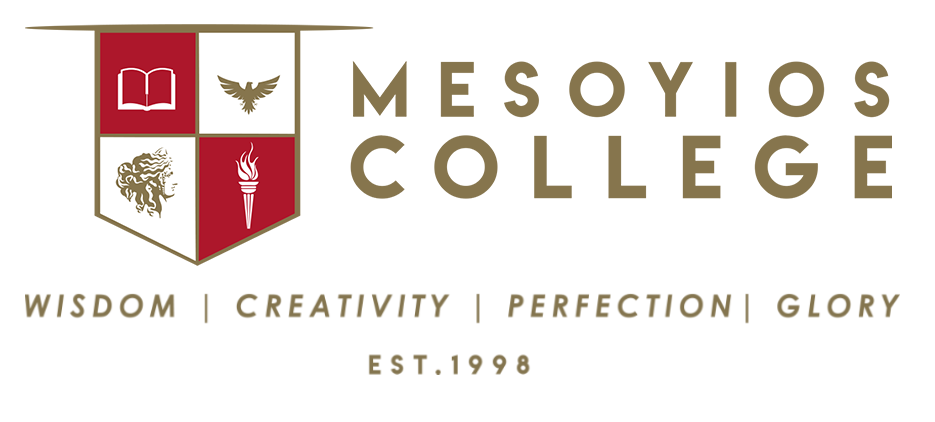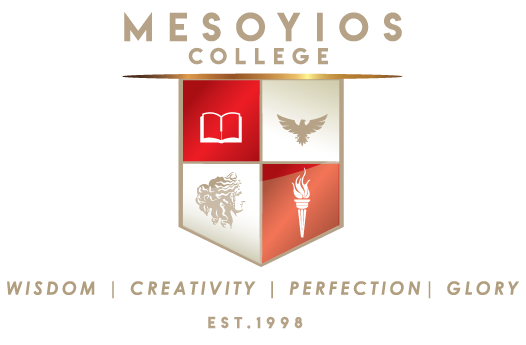HOW FOCUSING ON DIVERSITY OF LIVED EXPERIENCE CAN IMPROVE ORGANIZATIONS
By Bob Mckinnon
Taking an intersectional look at every person’s journey can bring much needed perspective.
“There is a problem. The tool doesn’t seem to be working. Everyone here is getting similar scores. What are you going to do?”
This was the message we received just days before we were set to launch “Your American Dream Score”–a tool designed to get people to reflect on the various factors that influence where we end up on the economic ladder.
The tool calculates an individual’s score based on the number of factors they had working for them and the number working against them. The lower the score, the more advantages one had. A higher score meant they had more to overcome.
On the surface, no one would accuse this organization of not being diverse. There was obvious diversity in gender, race, ethnicity, disability, and sexual orientation. But was there also diversity in class, background, upbringing? Lived experience can be defined in a few ways. The Germanic origins of the words translate to having “lived through” something–often associated with suffering. The Oxford Dictionary defines it more broadly as any “personal knowledge about the world gained through direct, firsthand involvement in everyday events rather than through representations constructed by other people.”
In other words, the idea of diversity in lived experience tries to recognize the unique set of challenges that each of us face in our lives–and that only we truly know.
Much of diversity work–whether in hiring or training–asks us to confront our own biases. But these are largely about how we see other people, instead of first starting with how we see ourselves. Or to use a more familiar phrase: Instead of putting ourselves in someone else’s
shoes, perhaps we need to first understand and share how we came to stand in our own shoes.
And therein lies the opportunity within any organization.The benefits of diversity and inclusion are well documented and beyond dispute. As is the need to pay particular attention to those groups that have historically been discriminated against, marginalized, or persecuted. But how do we create a environment where every person is able to bring to their work and teams the fullness of their lived experience? One that includes not only gender, race, and sexual orientation but age, geography, class, trauma, upbringing, beliefs, family structure, and the myriad other influences that someone has “lived through” to get to where they are today.
When this happens, it can lead to:
- Deeper appreciation for the value and different perspectives of all involved
- Increased openness, improved teamwork, and more inclusive solutions
- Recruitment, hiring, and training practices where workforces truly embrace diversity
In their article “Why Most Diversity Programs Fail,” Frank Dobbins and Alexandra Kalev write that researchers reviewing nearly a thousand studies of diversity programs show “[t]he positive effects of diversity training rarely last beyond a day or two, and a number of studies suggest that it can activate bias or spark a backlash. Nonetheless, nearly half of midsize companies use it, as do nearly all the Fortune 500.”
One of the issues that Dobbins and Kalev cite for these failures is that by focusing on singular types of diversity, the programs become unintentionally exclusionary and divisive.
Consider, also, hiring practices. The most-common research method for measuring discrimination in hiring is the résumé audit method. In this research, all content on a résumé is held constant–except for one variable that is intended to ferret out potential discrimination. Previous studies have shown bias both when the name indicated a female applicant and more famously when the name suggested the résumé likely belonged to a minority candidate.
Fewer people are familiar with similar research that suggests discrimination based on class. In this study, the variable that was
altered was the applicant’s activities or interests. For some it signaled wealth (polo, classical music). For others, it suggested a lower class (pick up sports, country music). The upper-class applicants had a call-back rate for interviews that was four times higher than their lower-class counterparts.
There is no doubt that privilege has been unfairly conveyed to people of certain races (e.g., white) and gender (e.g., male) But our privileges and disadvantages are many, not singular. Creating a diverse organization requires us to look both across an organization and recognize the diversity within each individual.
This is not to suggest that we don’t need to address the individual biases we have toward certain groups. We do. Nor is this suggesting a false equivalency between all aspects of our identity. We know certain groups have historically and continue to bear a heavier burden than others. But we can also create a space for us to see and share the fullness of our life that is not defined by one factor but by many.
This is admittedly not an easy thing to do. Bobby Jones, CMO of Peace First, told me that there is a part of being a minority “that experiences a constant feeling of being seen as an extension of the (negative) images portrayed of the larger group. We are often grouped together as a monolith, thus reducing our ability to be seen and treated as an individual even when we live as one.”
There are bright spots in certain sectors and around the world that are taking a broader view of diversity in their work. Class Action, a nonprofit out of Boston, is working with educational organizations and nonprofit organizations on incorporating the idea of class into diversity. The Race Card Project asks people to share their identity in six words; the brevity of the exercise can invite expansive insights. And Include-Empower is applying the lens of the Lived Experience into their work on inclusion in Australia. We have even seen some companies start to use Your American Dream Score in their own diversity work (and we are exploring doing more work in this area ourselves). But for now, these examples still represent the exception not the rule in the large field of diversity and inclusion work.
Recently, I was talking with a colleague who had just commissioned work to do an audit of diversity practices among organizations within his field. It was an important initiative intended to highlight best practices and opportunities for improvement. When I asked if they were looking at issues related to the diversity of one’s whole lived experience–that went beyond the traditional definitions of diversity, he
paused. After reflecting for a moment he said, “I’m embarrassed to say that was a complete blind spot.”
The operative word is reflecting. When given the opportunity to reflect, we see what was previously invisible–both in our own lives and the lives of others. We open space to both discover our commonalities and discuss our differences. This allows us to avoid the accidents that blind spots can bring and, ideally, to never see our journey or anyone else’s the same way again.

